Navigating 2023: Trends and Insights Shaping Real Estate Development
Introduction:
In the dynamic realm of real estate development, staying attuned to current trends is imperative for developers aiming not only to meet the present demands of the market but also to anticipate future needs. This blog by FIT Property takes a deep dive into what’s hot and what’s not in the world of real estate development in 2023, with a specific emphasis on locations and buyer preferences.
What’s Hot:
1.Sustainable and Eco-Friendly Design:
Sustainable development has transcended being a mere trend; it is now a cornerstone of responsible real estate practices. Green building practices, energy-efficient designs, and a focus on minimizing environmental impact are integral components of modern real estate projects. As stated by the World Green Building Council, “Sustainability in real estate is no longer a choice but a business imperative.”
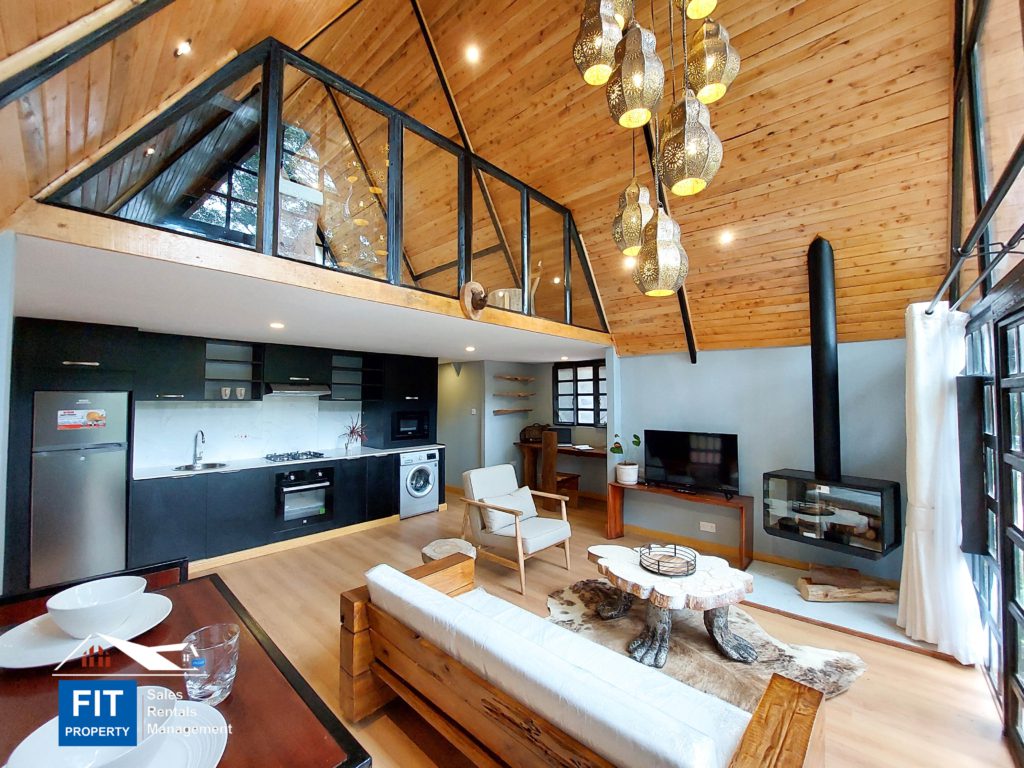
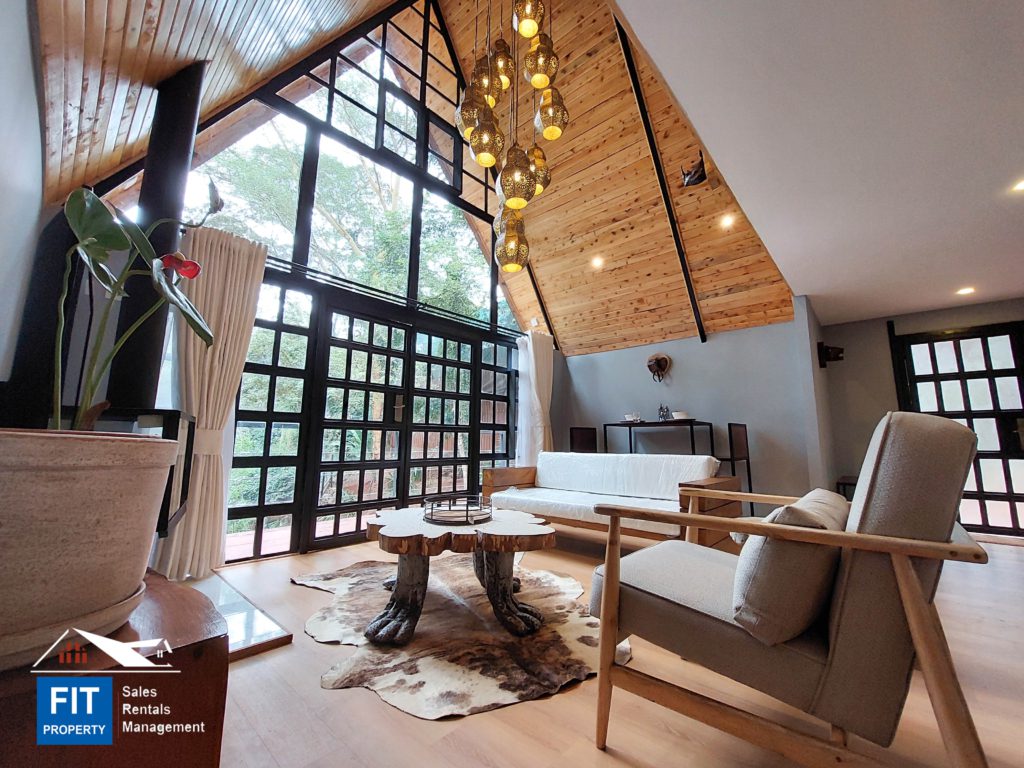
2. Smart Homes and Technology Integration:
The demand for smart homes continues to ascend as technology evolves. The integration of cutting-edge technologies, from home automation systems to energy-efficient appliances, has transitioned from a luxury to a market expectation. According to a report by Statista, the global smart home market is projected to reach $135 billion by 2025.
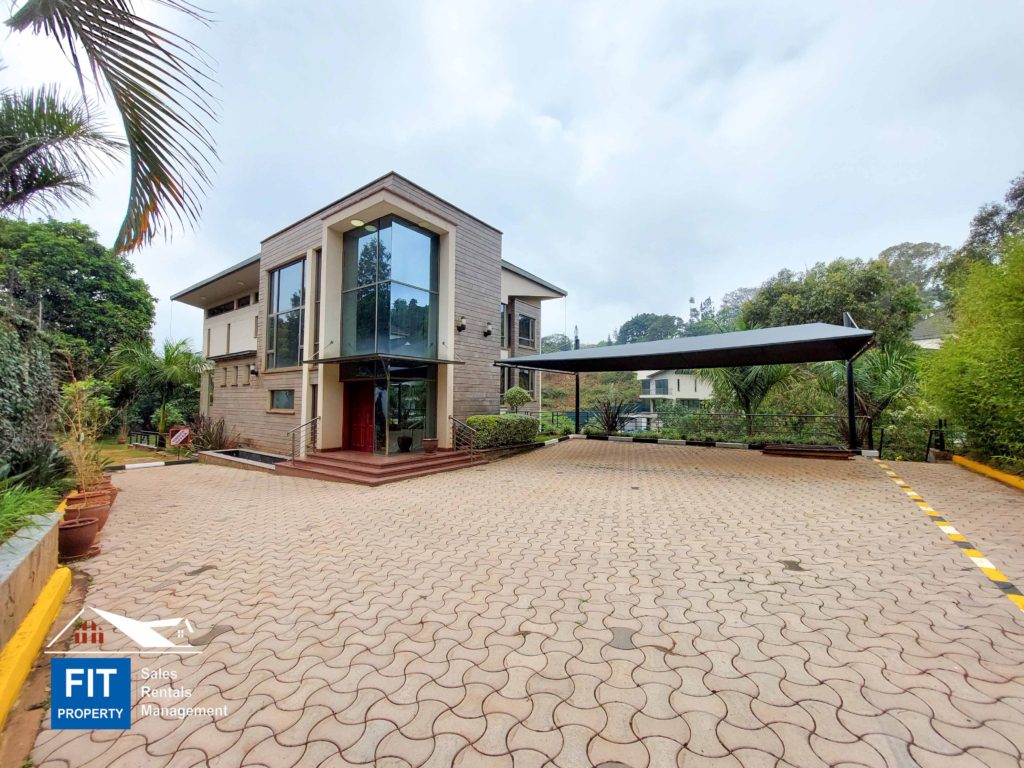
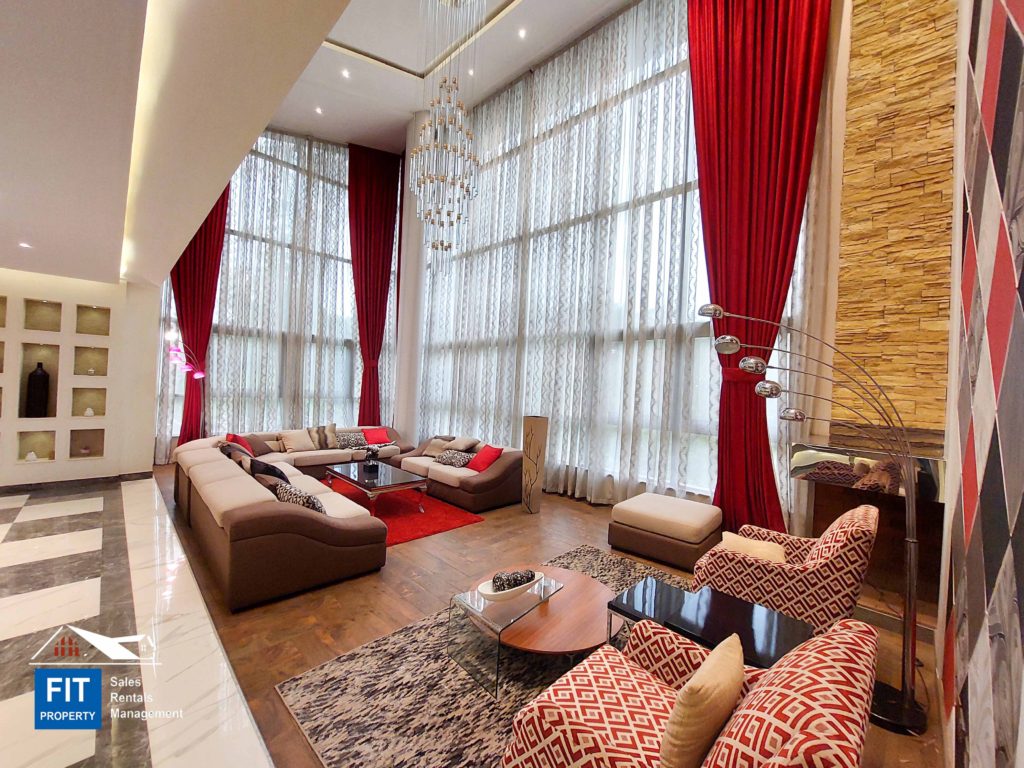
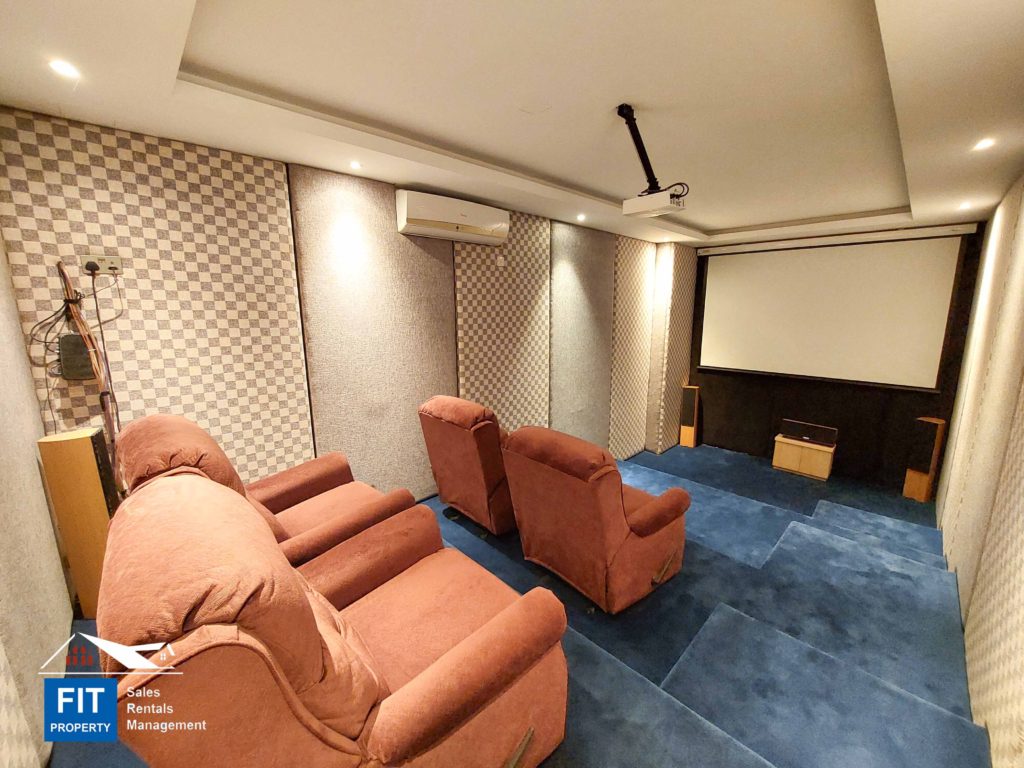
3. Mixed-Use Developments:
The concept of mixed-use developments is gaining traction, offering residents a comprehensive living experience that seamlessly integrates residential, commercial, and recreational spaces. Such developments are redefining urban living by providing convenience and fostering a sense of community. According to the Urban Land Institute (ULI), mixed-use developments “are seen as a key solution for urbanization challenges.”
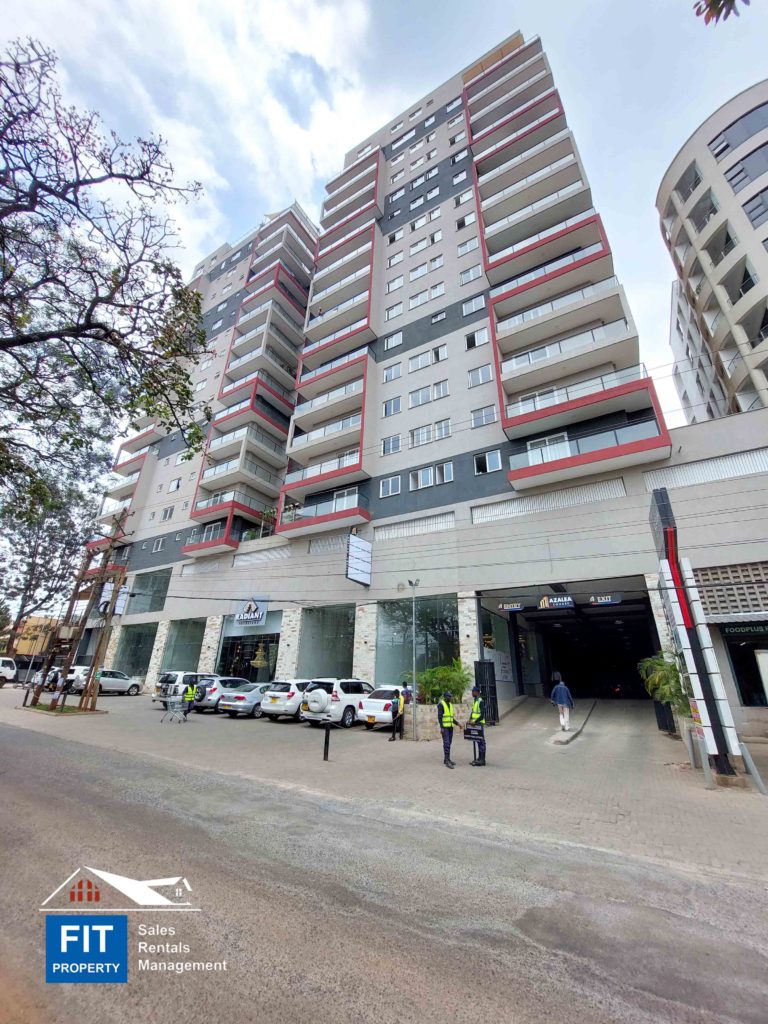
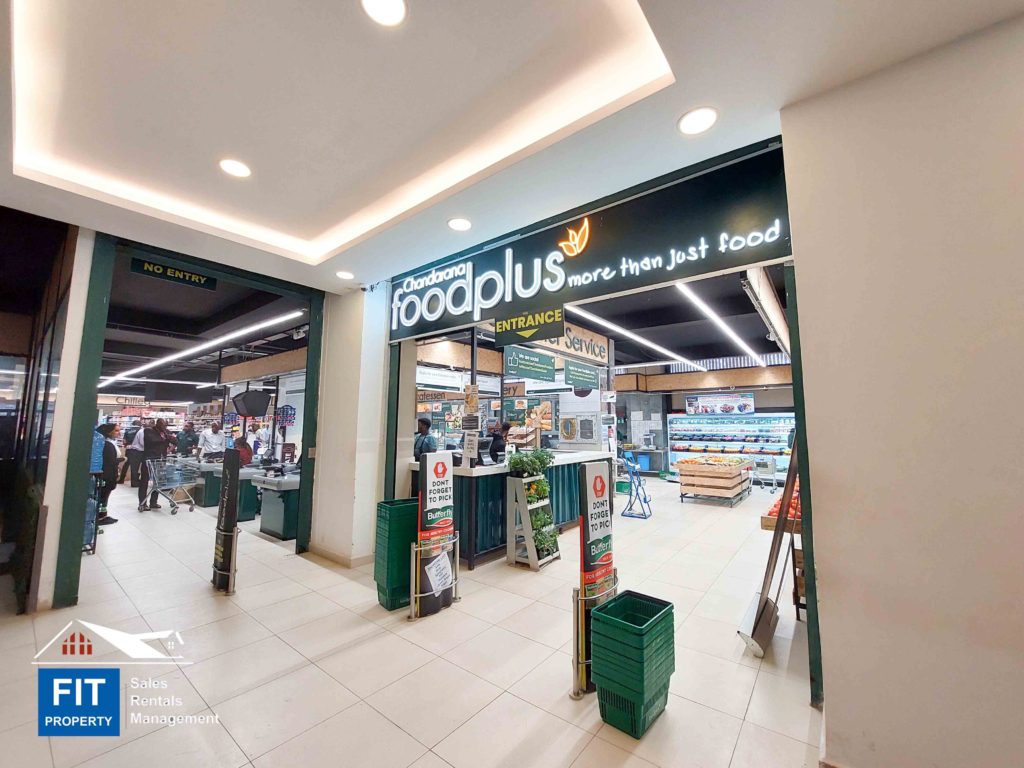
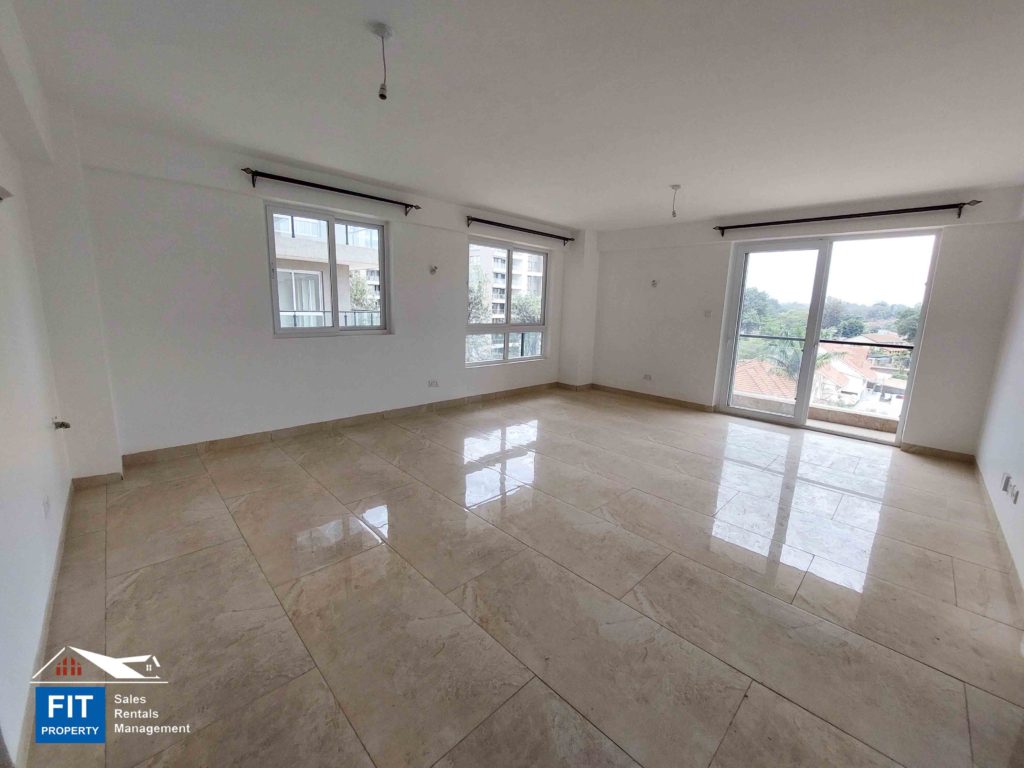
4. Wellness-Oriented Spaces:
Health and wellness have rightfully claimed their place in real estate development. Projects that prioritize features promoting wellness, such as fitness centers, green spaces, and access to natural light, are increasingly popular. A survey by the Global Wellness Institute indicates that “wellness real estate is booming globally, growing 6.4% annually.”
5. Adaptive Reuse:
The trend of adaptive reuse, repurposing existing structures for contemporary use, is gaining momentum. Beyond the sustainability angle, adaptive reuse projects often breathe new life into communities and preserve historical elements. According to the National Trust for Historic Preservation, “Adaptive reuse is a sustainable way to conserve resources and revitalize communities.”
What’s Not:
1. Traditional, Cookie-Cutter Designs:
Generic designs are losing appeal as buyers seek unique, thoughtfully designed spaces that stand out in the market. The Royal Institute of British Architects (RIBA) emphasizes the importance of design innovation, stating that “Good design can unlock the full potential of a property.”
2. Overlooking Sustainability:
Ignoring sustainable practices is a considerable risk. As environmental awareness grows, developments with large carbon footprints may face backlash. The Urban Land Institute notes that “sustainable real estate practices are integral to long-term success.”
3. Exclusion of Technology:
Overlooking the integration of technology can result in outdated projects. According to a report by Deloitte, “Incorporating technology into real estate is no longer an option but a necessity.”
4. Single-Use Zoning:
Traditional single-use zoning is giving way to more flexible, mixed-use developments. The Harvard Joint Center for Housing Studies underscores the shift, stating that “Mixed-use real estate developments promote urban vitality and create diverse, walkable neighborhoods.”
5. Neglecting Community Engagement:
Neglecting community engagement and failing to consider local needs can lead to projects lacking a sense of belonging. The Urban Land Institute advocates for “engaging with communities to understand their needs and desires.”
Insights on Locations and Buyer Preferences:
Beyond overarching trends, specific insights into locations and buyer preferences are shaping real estate development in 2023.
Buyer Preferences for Serene Environments:
Buyers are increasingly drawn to serene environments with features like forest views, water views, and mountain views. Proximity to schools, clubs, and community centers is crucial. According to a survey by the National Association of Home Builders, “Buyers are willing to pay more for homes near parks and with easy access to schools and recreational facilities.”
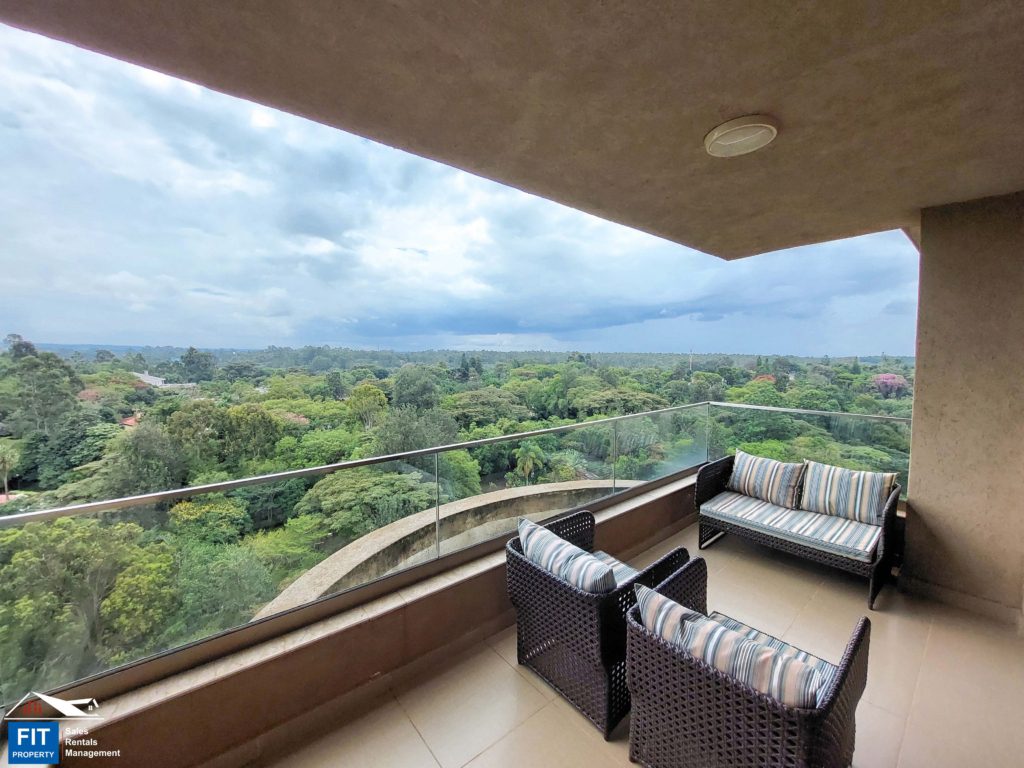
Avoiding Overly Competitive Areas:
Developers are recognizing the importance of choosing locations strategically. Areas saturated with competing real estate developments may pose challenges for selling units. Working with a seasoned agency like FIT Property Limited, which provides invaluable insights and market intelligence, becomes crucial. Their understanding of buyer behavior and market dynamics can be instrumental in positioning developments for success.
Expanding Outdoor Spaces for Alfresco Living:
Kenya’s great climate is influencing buyer preferences, with a growing desire for larger outdoor areas. Buyers are willing to pay a premium for alfresco living spaces and larger balcony areas. Developers should consider incorporating these features into their designs to align with the demand for outdoor living spaces. According to a report by the National Association of Realtors, “Outdoor features have a significant impact on property values.”
Conclusion:
In navigating the intricacies of real estate development in 2023, it’s evident that understanding both overarching trends and specific buyer preferences is key. From sustainable designs to embracing technology, mixed-use developments to adaptive reuse, developers have a rich tapestry of considerations. Locations offering serene environments and meeting the demand for larger outdoor spaces are particularly attractive. With FIT Property developers can create real estate developments that not only meet but exceed the expectations of the modern buyer.

